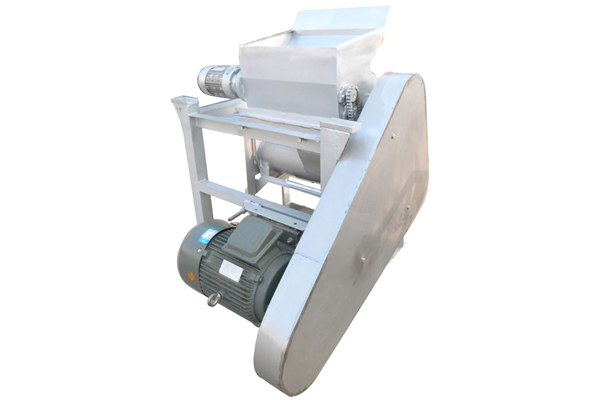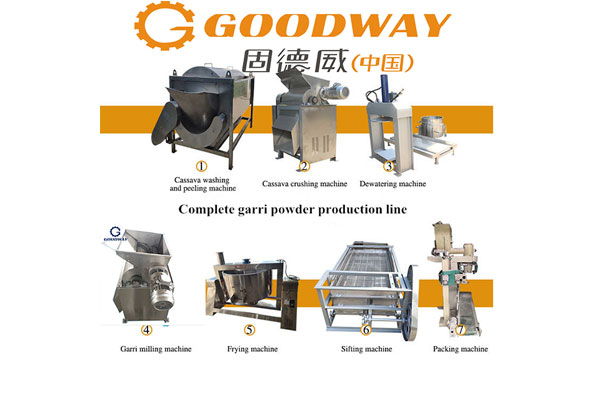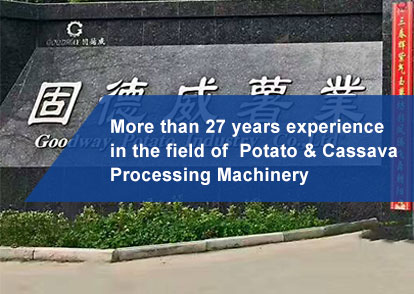In the starch processing industry, traditional open-air drying was once an indispensable drying method, but its drawbacks of low efficiency, high cost, and unstable quality have become increasingly prominent. If a medium-sized starch factory adopts intelligent drying equipment to replace traditional drying, the annual comprehensive cost can be reduced by more than 3 million yuan! Behind this production method revolution is the restructuring of industry rules by drying equipment through technological innovation and efficiency revolution.
Traditional Drying: Invisible Costs Devour Profits
Traditional drying relies on large open spaces; 100 tons of starch require over 5000㎡ of space. The cost of land leasing and manual flipping remains high; rainy weather causes starch to mildew and clump, with an average annual loss rate of 8%-15%; the open environment makes it easier for insects and dust to mix in, significantly increasing the risk of microbial contamination. Taking a factory with an annual output of 10,000 tons as an example, the loss caused by weather shutdowns, raw material spoilage, and quality inspection returns exceeds 2 million yuan.
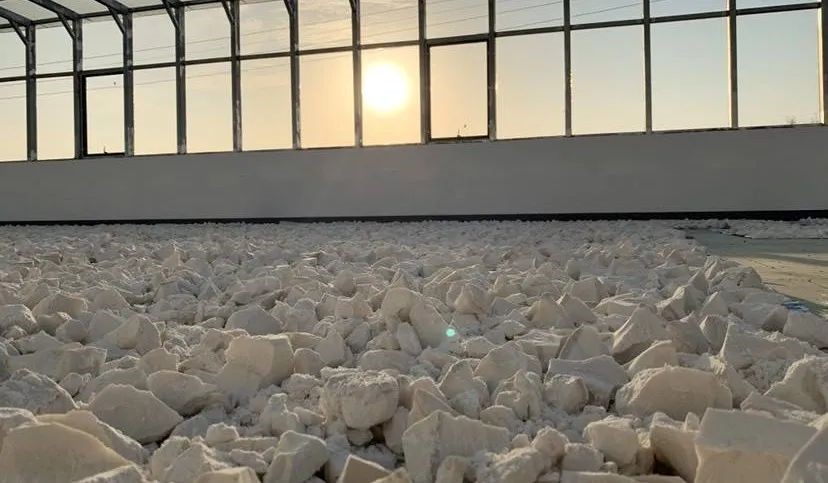
Intelligent Drying Equipment: Technology Empowered Cost Reduction Across the Chain
Modern starch drying equipment solves industry pain points with three core performances: "accurate temperature control, enclosed drying, and intelligent monitoring":
Accurate Temperature Control to Lock in Quality
Using a multi-layer circulating hot air system, the temperature is accurately controlled between 45-60℃ (the optimal range for retaining starch activity), avoiding gelatinization or denaturation caused by high temperatures. The whiteness of starch is increased by 15%, and the viscosity loss rate is less than 3%, reaching export-grade standards.
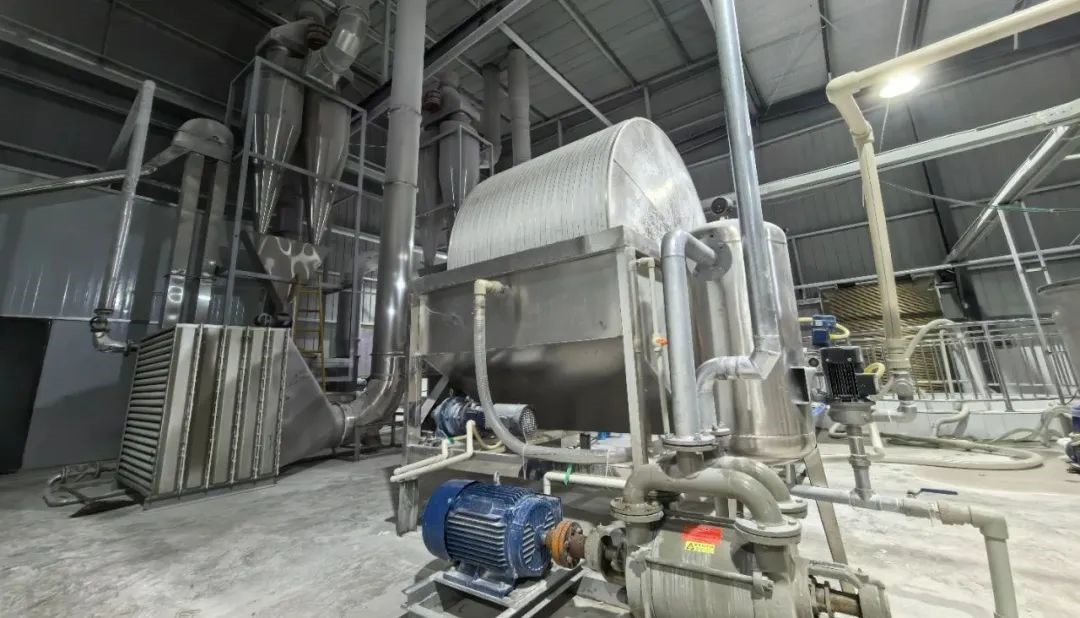
24-Hour Efficient Dehydration
The integrated drying production line shortens the natural drying time from 72 hours to 30 minutes, increasing the daily processing volume by more than 4 times, and is not subject to weather conditions. Full-load production is possible even in the rainy season, and annual production capacity increases by 30%-50%.
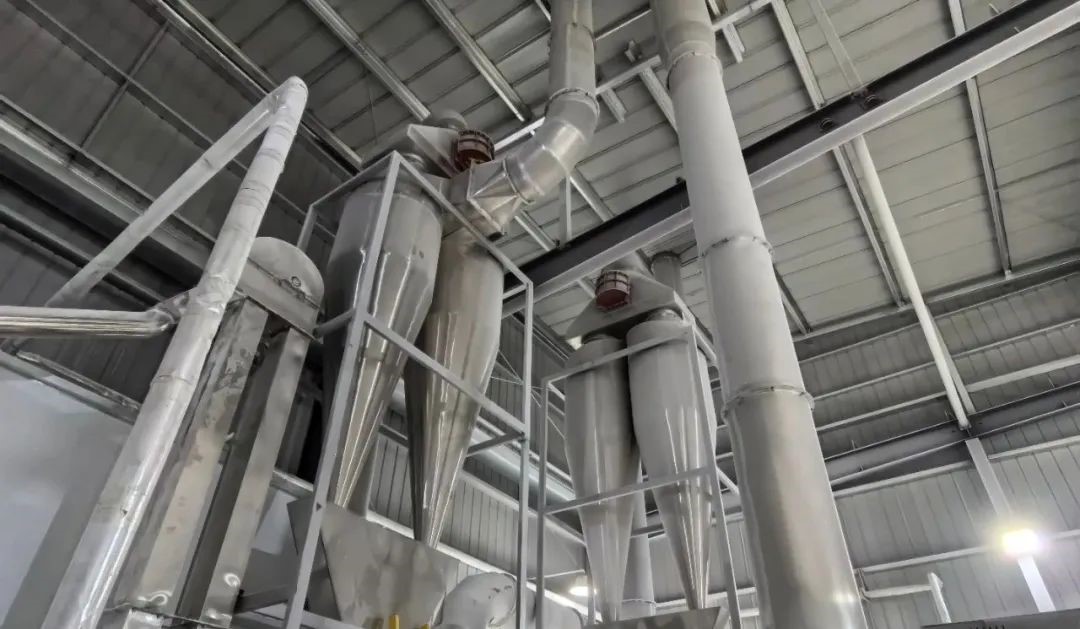
Fully Enclosed Intelligent Management
The entire process from feeding to discharging runs in a closed environment, equipped with AI temperature and humidity sensors to adjust the drying curve in real-time, ensuring that the moisture content of each batch of starch is stabilized between 12%-14% (national standard ≤14%), eliminating secondary pollution, and increasing the product pass rate to 99.5%.
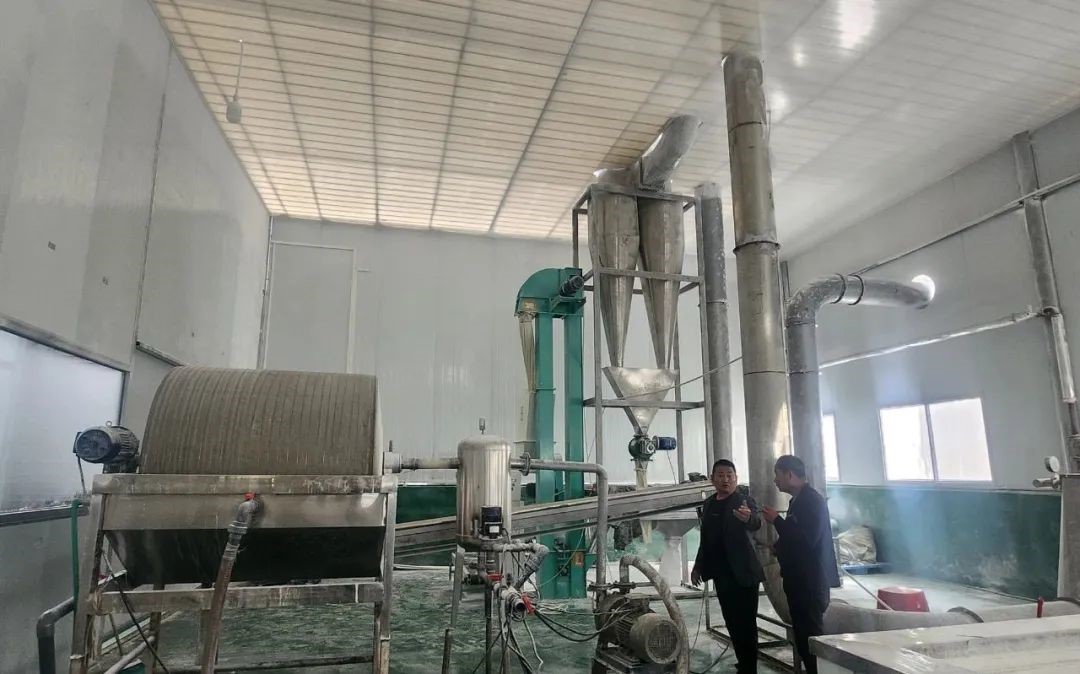
The Cost Reduction Formula that Saves 3 Million
Based on calculations for a factory with an annual production of 10,000 tons of starch:
Competitiveness Upgrade Behind the Drying Revolution
Intelligent drying equipment is not only a production tool but also a strategic investment for starch processing plants to seize the market. It opens high-end customer channels by stabilizing quality, undertakes large orders with high efficiency, and achieves international food certification with "zero pollution" production, breaking out from the cost red ocean. While peers are still struggling with production shutdowns due to the rainy season, factories that have undergone intelligent transformation have used the saved 3 million yuan to build an insurmountable moat.

 EN
EN
 fr
fr  es
es  it
it  pt
pt 
